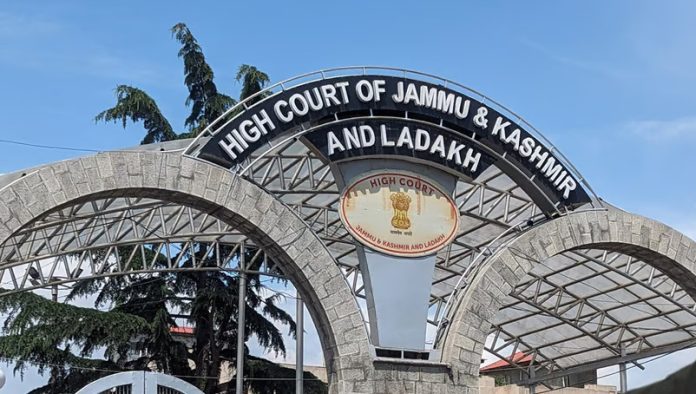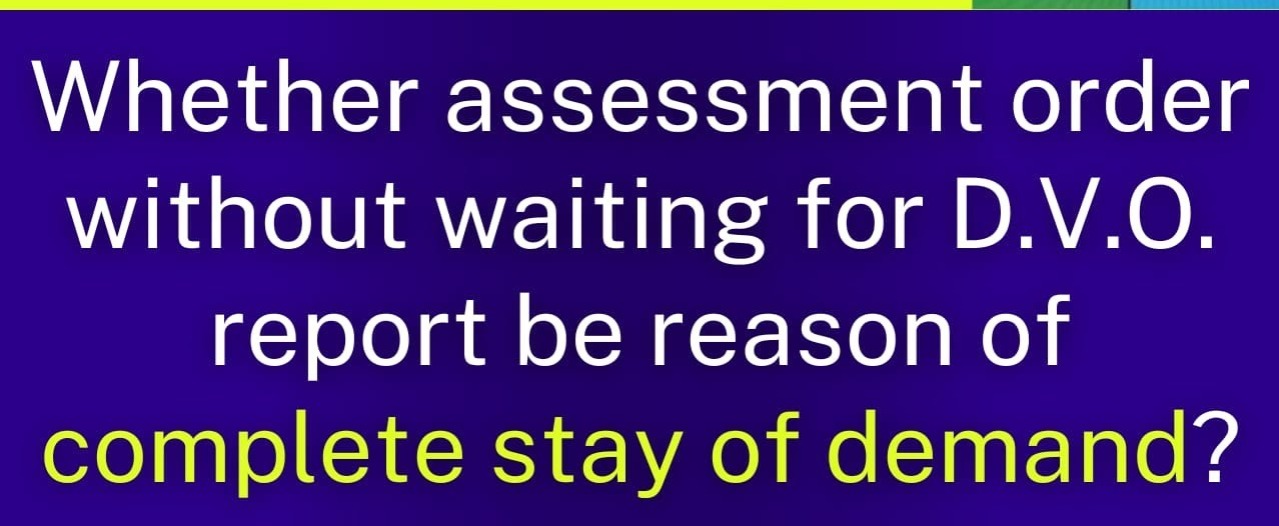M. Madhavan Nair, J.@mdashThis appeal is by the plaintiff whose suit under Order XXI Rule 63 C.P.C. has been dismissed by the Court below. The suit property belonged to the 3rd defendant in kanam right as per the kanam deed, Ext. Al, dated March 23, 1942 in her sole name In November 1955 it was attached by the 1st defendant in execution of the decree. The obtained against the 2nd defendant who is the husband of the 3rd defendant. On January 12, 1956, the 3rd defendant objected to the attachment denying the 2nd defendant to have any interest in the property; but it was dismissed by the execution Court on November 22, 1956. In the meanwhile on March 14, 1956, she had assigned the property to K.P. Ananthan Adiyodi, who, in his turn, assigned it to the plaintiff on November 9, 1956. The plaintiff did not intervene in the claim proceedings, but on March 15, 1957, instituted the present suit to establish her title to the property and to restrain the proceedings against it. The 1st defendant resisted the suit asserting the 2nd defendant to have acquired the property benami in the name of the 3rd defendant and denying the plaintiff''s right to institute this suit. The Munsif, Kozhikode II, decreed the suit; but on appeal the Subordinate Judge, Kozhikode, has reversed him and dismissed it. Hence this second appeal. In supporting the decree of the Court below, counsel for the 1st defendant contended that the plaintiff, who was no party to the claim proceedings but is an assignee pending those proceedings, is not entitled to institute this suit to get rid of the order therein. Order XXI Rule 63 C.P.C. reads:
Where a claim or an objection is preferred, the party against whom an order is made may institute a suit to establish the right which he claims to the property in dispute,.......
and Section 14.6 C.P.C. allows:
Save as otherwise provided by this Code or by any law for the time being in force, where any proceeding may be taken or application made by or against any person, then the proceeding may be taken or the application may be made by or against any person claiming under him,
Under this Section, if A could have instituted a suit any person claiming the subject-matter of the suit under A can also institute that suit. It is urged that Order XXI Rule 63 C.P.C. allows a suit only by "the party against whom an order is made" in the claim proceedings. The opening words of the Section 146 C.P.C. "Save as otherwise provided by this Code or by any law for the time being in force" connote a rule inconsistent with the provision in the Section which allows an assignee to sue instead of his assignor. There is nothing in Order XXI Rule 63 C.P.C. that prohibits institution of suits adumbrated therein by persons claiming the property under the person against whom a claim order has been made. As the right contemplated in Order XXI Rule 63 C.P.C. relates to property, which is normally assignable, reason can only be to allow assignees and successors to sue as their assignors or predecessors could have done. The identical question arose in Ganesh Prasad v Kashinath Tiwari (I. L. R. 26 All 89) After an objection to attachment was dismissed by the executing Court, the objector assigned the property to a third person, who, even after a court-sale took place in pursuance of the attachment, instituted a suit u/s 283 (present Order XXI Rule 63) of the Code of Civil Procedure. The District Judge, holding his purchase to be affected by Section 52 of the Transfer of Property Act, held him disentitled to sue. Aikman J. reversed it, observing:
....the dismissal of his objection did not by any means finally determine that the house was not his. He had a right of suit u/s 283 of the Code of Civil Procedure. It cannot be contended that the right of suit given by that section is a personal right of the particular claimant whose objection has been dismissed u/s 278. If this were the case, the death of a claimant whose objection had been so dismissed might finally put an end to claim to valuable property. If a claimant''s heir can bring a suit u/s 283, I see no reason why a representative in interest like the plaintiff cannot do so. In my judgment the view taken by the learned Judge upon this preliminary point is wrong. I allow the appeal, and, setting aside the decree of the Court below, remand the appeal to that Court, with instructions to readmit it under its original number in the register, and dispose of it on the merits.
I am in agreement with those observations and hold that the plaintiff is competent to institute this suit.
2. On the merits of the case: as has been observed by the Subordinate Judge, the burden is on the plaintiff to establish her right to the property and, as she is seeking to get rid of the adverse effect of an order passed by the executing Court, to show positively that that order is erroneous. The Munsif found the plaintiff to have discharged that burden and held:
In the circumstances it is clear that the 2nd defendant has no right in the property and that the property exclusively belongs to the 3rd defendant.........The contention of the 1st defendant is that the property was acquired by the 2nd defendant benami in the name of the 3rd defendant. There is absolutely no circumstance to support such a contention and none of the documents produced support that view.
But the Subordinate Judge took a different view and held:
.....Prima facie these documents support the contention of the claimant. But the question still remains whether the property was acquired by the 2nd defendant benami in the name of his wife the 3rd defendant or whether the property is the acquisition of the 3rd defendant herself or not. According to me Exhibits A13 to A15 are not sufficient to discharge the burden that rests on the claimant to show that this item, belonged exclusively to the 3rd defendant. Before parting with these documents I may also observe that they are more in line with the contentions of the attaching decree holder than in line with the claimant''s, because from Ex. Al3 it will be seen that excepting the income of her husband she has no other source of income... Regarding her means to repay the debt the application mentions in Ex. A13 that it has to be repaid from out of the income of her husband. These answers with some modifications are repeated in Ext s. A14 and A15....... I hold that the evidence on record does not show that the plaint schedule property was acquired by the 3rd defendant with her own funds.
3. Ext. A1 is the kanom deed, which is relied on by both sides as the document of title to the suit property. It stands in the name of the 3rd defendant: There is nothing in it to show that it was acquired benami for the 2nd defendant or that its consideration was paid by the 2nd defendant. The consideration for the demise is a small sum of Rs. 7.50 only, which anybody could have easily made. The mere fact that the 3rd defendant is the wife of the 2nd defendant would not prove that the acquisition was made by him benami in her name. It is well established that the burden of proof is heavy on the person who alleges that a document solemnly executed and registered is not what it purports to be. The 1st defendant who asserts that Ext. A1 standing in the name of the 3rd defendant enures to the 2nd defendant has to prove facts to establish that assertion. No evidence worth the name has been given to make out the plea here. No attempt has been made to show that the 2nd defendant paid the consideration for Ex. A1. When the document of title stands in the name of the 3rd defendant, the presumption can only be that the title is vested in her. The Subordinate Judge assumed that the burden is on the 3rd defendant to show "that the plaint schedule property was acquired by her with her own funds". Obviously he has misplaced the burden of proof in this case and that has affected his judgment. His reliance on the statements in Exts. A13 to A15 which are applications for loans made by the 3rd defendant in 1948-51 to the Secretary, Urban Bank, Kozhikode, that her means to repay is her husband''s income as conclusive proof that she had no funds of her own to have paid the consideration of Rs. 7.50 for Ext. A1 in 1962 is obviously unwarranted. It is not related to the time of acquisition and even if it did it does not disprove the 3rd defendant''s means to take the small sum that constituted its consideration. The Munsiff was right when she said that no circumstance has been made out to support the contention of benami and that "none of the documents produced support that view". I am afraid, the Subordinate Judge has drawn his finding on a mere surmise without any warrant thereto in the evidence on record. Such a finding cannot be a judicial finding to sustain a decree, much less to reverse a decree passed by the Court of trial.
4. Strong reliance was had by the contesting respondent on the recitals in a hypothecation bond, Ext. B1, executed by defendants 2 and 3 in favour of the Urban Bank, that the property belonged to them and was in their possession. True, no distinction is made there between the 3rd defendant and her husband the 2nd defendant; but even there it is not stated that the property belongs to the 2nd defendant alone, which is the plea of the 1st defendant here. As held by the Supreme Court in

